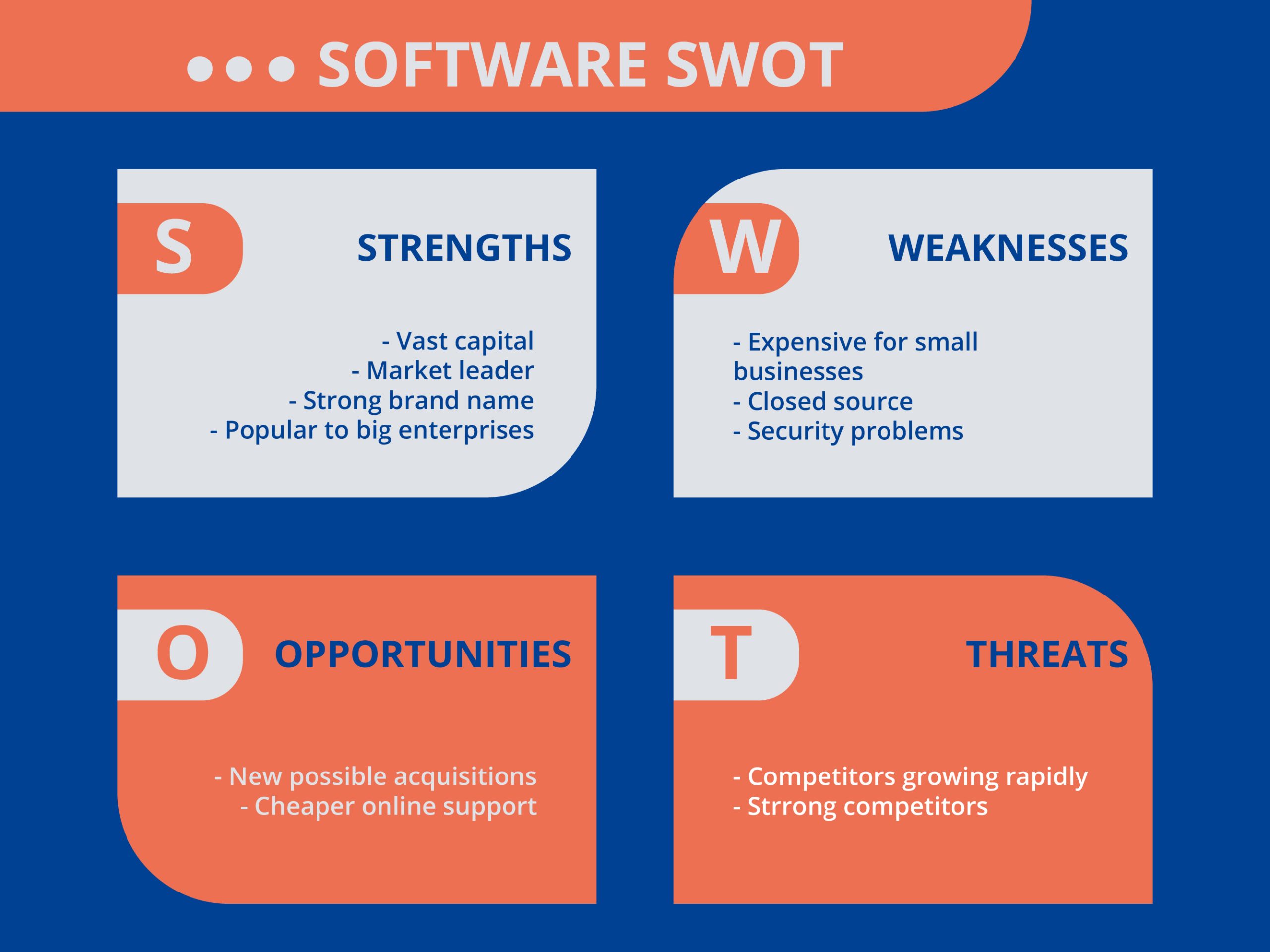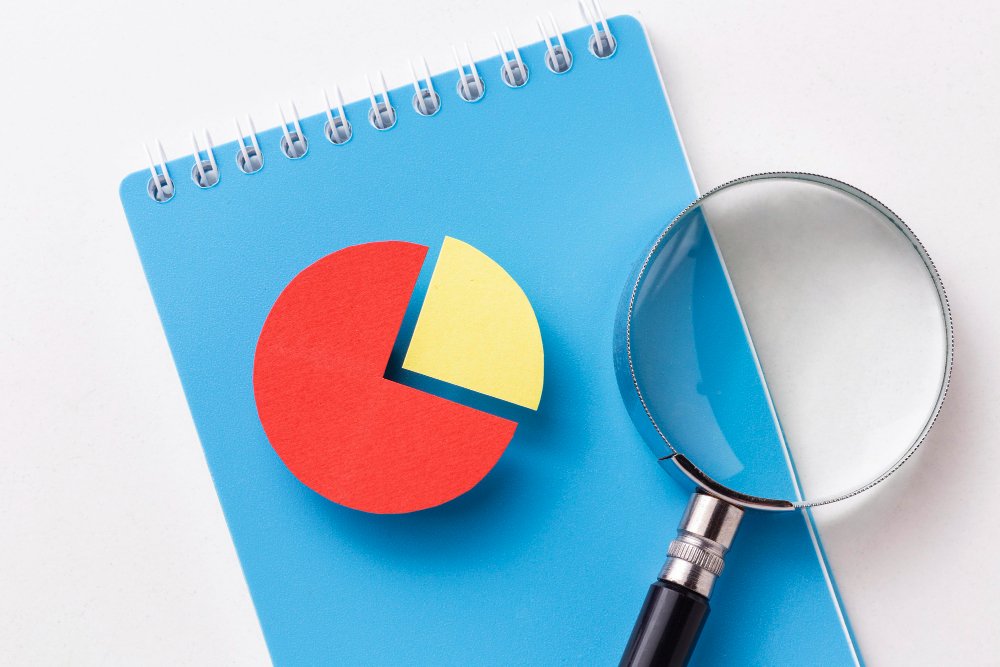
The term “critical analysis” often evokes images of scholarly papers and academic discussions, but what does it really entail? In essence, critical analysis is a process of examining and evaluating a piece of work or information to understand its underlying meaning, strengths, weaknesses, and implications. It goes beyond mere description or summary, delving deep into the nuances and complexities of the subject matter. Let’s delve into the world of critical analysis and uncover its significance in various fields of study and everyday life.
A Closer Look at Critical Analysis
Critical analysis involves breaking down a piece of work, whether it’s a book, a film, a piece of art, a scientific study, or any other form of communication, into its constituent parts and scrutinizing them from multiple perspectives. This process often involves examining the author’s intentions, the context in which the work was created, the arguments or themes presented, the evidence or support provided, and the overall impact or significance of the work. By dissecting the various elements of the work, critical analysis seeks to uncover deeper insights and meanings that may not be immediately apparent.
Differentiating Analysis from Critique
It’s essential to distinguish between critical analysis and critique. While critique often focuses on identifying flaws or weaknesses in a work and offering judgments or opinions about its quality, critical analysis takes a more balanced and objective approach. It seeks to understand the strengths and weaknesses of the work, evaluate its effectiveness in achieving its objectives, and explore its broader implications or significance. Critical analysis does not necessarily involve passing judgment or offering subjective opinions but rather aims to provide a thorough and insightful examination of the subject matter.
Uncovering Meaning and Subtext
Interpretation plays a central role in critical analysis, as it involves deciphering the deeper meaning and subtext embedded within the work. This may involve analyzing symbolism, metaphors, allegories, and other literary or artistic devices used by the author to convey their message or themes. By interpreting the work through different lenses, such as cultural, historical, or philosophical perspectives, critical analysis reveals layers of meaning and complexity that enrich our understanding and appreciation of the work.
Navigating Complexity
Critical analysis requires strong critical thinking skills, including the ability to question assumptions, evaluate evidence, recognize biases, and consider alternative viewpoints. It encourages intellectual curiosity, open-mindedness, and a willingness to engage with challenging ideas and perspectives. By honing these skills, individuals can become more discerning consumers of information, better equipped to navigate the complexities of the world and make informed decisions in their personal and professional lives.
From Literature to Science
Critical analysis is not limited to any particular field or discipline but finds applications across a wide range of domains. In literature, it involves analyzing characters, themes, plot structures, and literary devices to uncover deeper meanings and interpretations. In science, it involves evaluating research methodologies, data analysis techniques, and theoretical frameworks to assess the validity and reliability of scientific studies. In business, it involves examining market trends, competitive strategies, and financial performance to inform strategic decision-making.
Embracing the Power of Critical Analysis
In conclusion, critical analysis is a multifaceted process that involves examining and evaluating a piece of work or information from various angles to uncover deeper insights, meanings, and implications. It requires careful scrutiny, intellectual rigor, and an appreciation for complexity and nuance. By engaging in critical analysis, individuals can sharpen their critical thinking skills, gain a deeper understanding of the world around them, and make more informed judgments and decisions. So, the next time you encounter a piece of work or information, consider applying the principles of critical analysis to unlock its hidden treasures and expand your horizons.



